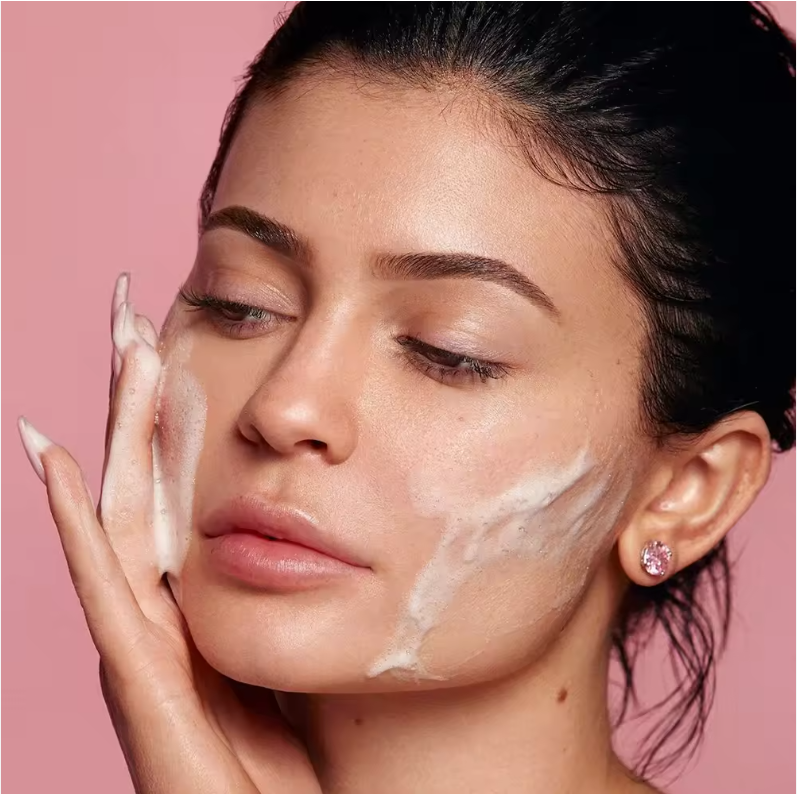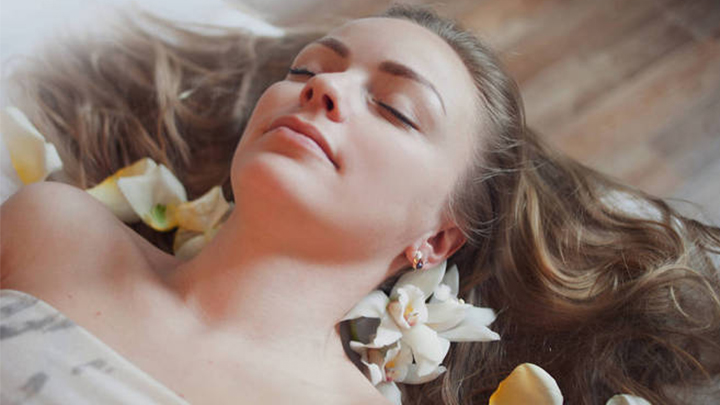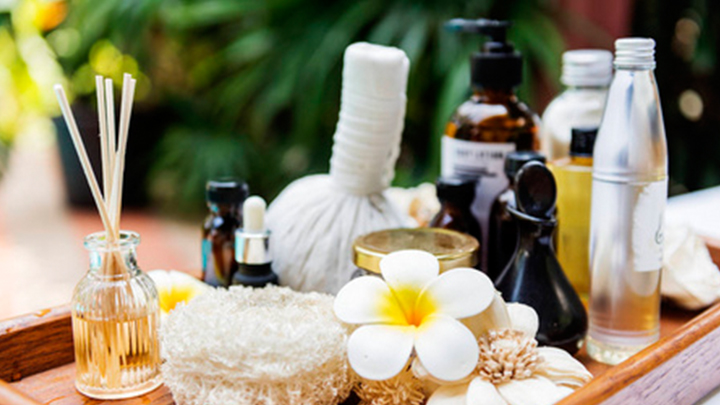Comprehensive Guide to Facial Care: Methods and Techniques
Taking good care of your face is essential for maintaining healthy, glowing skin. There are various methods and techniques tailored to different skin types and concerns. This guide will explore the most effective facial care routines, treatments, and products to help you achieve radiant skin.
Daily Facial Care Routine
A consistent daily routine is the foundation of good skin care. Here are the essential steps:
1. Cleansing
Purpose: Remove dirt, oil, makeup, and impurities from your skin.
Types of Cleansers:
- Gel Cleanser: Ideal for oily and acne-prone skin.
- Cream Cleanser: Suitable for dry and sensitive skin.
- Foam Cleanser: Good for normal to combination skin.
- Micellar Water: Gentle option for all skin types, particularly effective for removing makeup.
How to Use:
- Use warm water to wet your face.
- Apply the cleanser and gently massage in circular motions.
- Rinse thoroughly and pat your skin dry with a clean towel.
2. Exfoliating
Purpose: Remove dead skin cells, unclog pores, and promote cell turnover.
Types of Exfoliants:
- Physical Exfoliants: Contain small particles that manually slough off dead skin (e.g., scrubs with beads).
- Chemical Exfoliants: Use acids like AHAs (alpha hydroxy acids) or BHAs (beta hydroxy acids) to dissolve dead skin cells (e.g., glycolic acid, salicylic acid).
How to Use:
- Physical: Use 1-2 times per week, gently massaging in circular motions.
- Chemical: Apply 1-3 times per week after cleansing, following the product’s instructions.
3. Toning
Purpose: Balance the skin’s pH, remove any remaining impurities, and prepare the skin for subsequent products.
Types of Toners:
- Hydrating Toner: Contains ingredients like hyaluronic acid to hydrate the skin.
- Astringent Toner: Contains alcohol or witch hazel to control oil and tighten pores, suitable for oily skin.
- Exfoliating Toner: Contains mild acids to gently exfoliate and improve skin texture.
How to Use:
- Apply the toner to a cotton pad or directly to your hands.
- Gently sweep over your face and neck.
- Allow it to absorb before applying other products.

4. Moisturizing
Purpose: Hydrate the skin and lock in moisture to keep it soft and supple.
Types of Moisturizers:
- Gel Moisturizer: Lightweight and non-greasy, ideal for oily and combination skin.
- Cream Moisturizer: Rich and hydrating, perfect for dry and sensitive skin.
- Lotion: A balanced option for normal skin.
- Oil: Provides deep hydration, suitable for dry or mature skin.
How to Use:
- Apply a small amount to your face and neck.
- Gently massage in upward, circular motions.
5. Sun Protection
Purpose: Protect your skin from harmful UV rays, preventing sunburn, premature aging, and skin cancer.
Types of Sunscreens:
- Chemical Sunscreen: Absorbs UV radiation (e.g., avobenzone, oxybenzone).
- Physical (Mineral) Sunscreen: Reflects UV rays (e.g., zinc oxide, titanium dioxide).
How to Use:
- Apply generously 15 minutes before sun exposure.
- Reapply every two hours, or after swimming or sweating.
Weekly or Occasional Treatments
Incorporating weekly treatments can address specific skin concerns and enhance your daily routine.
1. Face Masks
Purpose: Provide concentrated treatment for various skin issues like hydration, detoxification, or brightening.
Types of Masks:
- Clay Masks: Absorb excess oil and cleanse pores, ideal for oily and acne-prone skin.
- Sheet Masks: Infuse the skin with hydrating and nourishing ingredients, suitable for all skin types.
- Gel Masks: Cool and hydrate, perfect for sensitive or dehydrated skin.
- Exfoliating Masks: Contain AHAs or enzymes to gently remove dead skin cells and reveal brighter skin.
How to Use:
- Apply the mask to clean skin, avoiding the eye area.
- Leave on for the recommended time (usually 10-20 minutes).
- Rinse off or remove as directed.
2. Facial Oils
Purpose: Provide additional hydration and nourishment, especially beneficial for dry or mature skin.
Types of Oils:
- Jojoba Oil: Balances oil production and is suitable for all skin types.
- Rosehip Oil: Rich in vitamins and antioxidants, great for dry and aging skin.
- Argan Oil: Hydrates and soothes, suitable for most skin types.
How to Use:
- Apply a few drops after moisturizing.
- Gently press into the skin.
3. Serums
Purpose: Deliver high concentrations of active ingredients to target specific concerns like aging, pigmentation, or dehydration.
Types of Serums:
- Hydrating Serum: Contains ingredients like hyaluronic acid to deeply hydrate.
- Brightening Serum: Includes vitamin C or niacinamide to reduce dark spots and even skin tone.
- Anti-Aging Serum: Contains retinol or peptides to minimize fine lines and wrinkles.
How to Use:
- Apply a small amount to clean, dry skin before moisturizing.
- Gently pat or massage into the skin.
Advanced Facial Treatments
For more intensive skin care, consider professional treatments or at-home devices.
1. Facials
Purpose: Deep cleanse, exfoliate, and treat the skin with professional-grade products and techniques.
Types of Facials:
- Classic Facial: Involves cleansing, exfoliation, extractions, massage, and a mask.
- Hydrating Facial: Focuses on moisturizing and soothing the skin.
- Acne Facial: Targets breakouts and includes deep cleansing, exfoliation, and extractions.
- Anti-Aging Facial: Utilizes products and techniques to reduce signs of aging.
Frequency: Once a month is ideal for most skin types.
2. Chemical Peels
Purpose: Improve skin texture, tone, and clarity by removing the outer layers of dead skin cells.
Types of Peels:
- Superficial Peel: Uses mild acids like glycolic acid for gentle exfoliation.
- Medium Peel: Penetrates deeper to address pigmentation and wrinkles, often uses TCA (trichloroacetic acid).
- Deep Peel: Offers significant results for deep wrinkles and severe damage, usually performed by a dermatologist.
How to Use:
- Professional treatments are recommended for best results and safety.
- At-home peels are available for less intensive treatments but should be used with caution.
3. Microneedling
Purpose: Stimulate collagen production and improve skin texture and firmness by creating tiny punctures in the skin.
Devices:
- Derma Rollers: Handheld devices with fine needles, used at home.
- Professional Microneedling: Performed by a dermatologist or aesthetician with advanced devices.
How to Use:
- Sterilize the device before and after use.
- Gently roll or press the device over clean, dry skin.
- Follow with a soothing serum or moisturizer.
4. LED Light Therapy
Purpose: Use specific wavelengths of light to treat various skin issues like acne, inflammation, or signs of aging.
Types of Light:
- Blue Light: Targets acne-causing bacteria.
- Red Light: Reduces inflammation and promotes collagen production.
- Green Light: Addresses pigmentation and evens skin tone.
How to Use:
- Use an LED device according to the manufacturer’s instructions.
- Typically involves sessions of 10-20 minutes, several times a week.
Specialized Skin Care Tips
1. For Oily Skin
- Use oil-free and non-comedogenic products.
- Incorporate mattifying products to control shine.
- Exfoliate regularly to prevent clogged pores.
2. For Dry Skin
- Opt for creamy cleansers and rich moisturizers.
- Use hydrating masks and serums to boost moisture levels.
- Avoid hot water and harsh cleansers that can strip natural oils.
3. For Sensitive Skin
- Choose fragrance-free and hypoallergenic products.
- Patch test new products before full application.
- Avoid products with alcohol, sulfates, and synthetic dyes.
4. For Combination Skin
- Use different products for different areas (e.g., lighter products on oily T-zone, richer products on dry areas).
- Balance oil control with hydration to address all areas effectively.
- Incorporate a gentle exfoliant to maintain skin balance.
Conclusion
Effective facial care involves understanding your skin type, establishing a consistent routine, and using products and treatments tailored to your needs. Whether you stick to a basic daily regimen or explore advanced treatments, the key is to listen to your skin and adjust your routine as necessary. Consistency and care are the cornerstones of achieving and maintaining healthy, beautiful skin.




